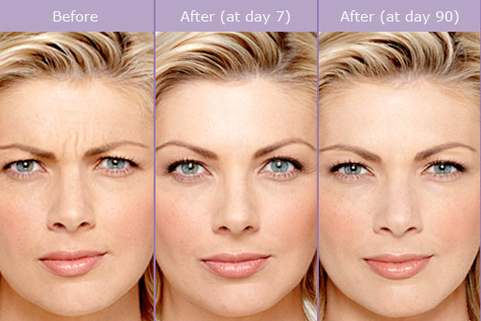Botox
Cosmetic Dentistry encompasses not only teeth, but the entire face. For decades Cosmetic Dentists have looked at facial structures while designing smiles that fit your unique characteristics. So, it comes at no surprise that such products as Botox and dermal fillers fit right into the dentists wheel house.
People always ask me about adverse reactions to Botox and dermal fillers. The long-termed safety of Botox has become very well established clinically, with millions of injections delivered every single year. Botox treatments are the most commonly performed cosmetic procedures in the United States and would not be so if there were common adverse reactions.
The most common dermal fillers used are made of hyaluronic acid which are naturally occurring substances in the body. When the effects of Botox and dermal fillers are gone, they are gone completely with no residue or after effects present.
As a matter of fact, the possible adverse reactions and side effects of local anesthetic far exceed anything associated with Botox or dermal fillers.
Now that we have established the fact that Botox and dermal fillers compliment dentistry really well, how easy would it be to get your Botox or dermal filler right after your dental hygiene appointment? You already see the dentist every 4-6 months, taking time out of your busy schedule, why not combine something fun with your dental visit?
Botox and Migraines
Many who have been diagnosed with migraines have found lasting preventive treatment through Botox injections. Botox was approved in 2010 for adults who get chronic migraines.
Botox works on migraine headaches because it blocks neurotransmitters that carry pain signals to your brain. Treatment involves up to 12 weeks of injections around the head and neck.

